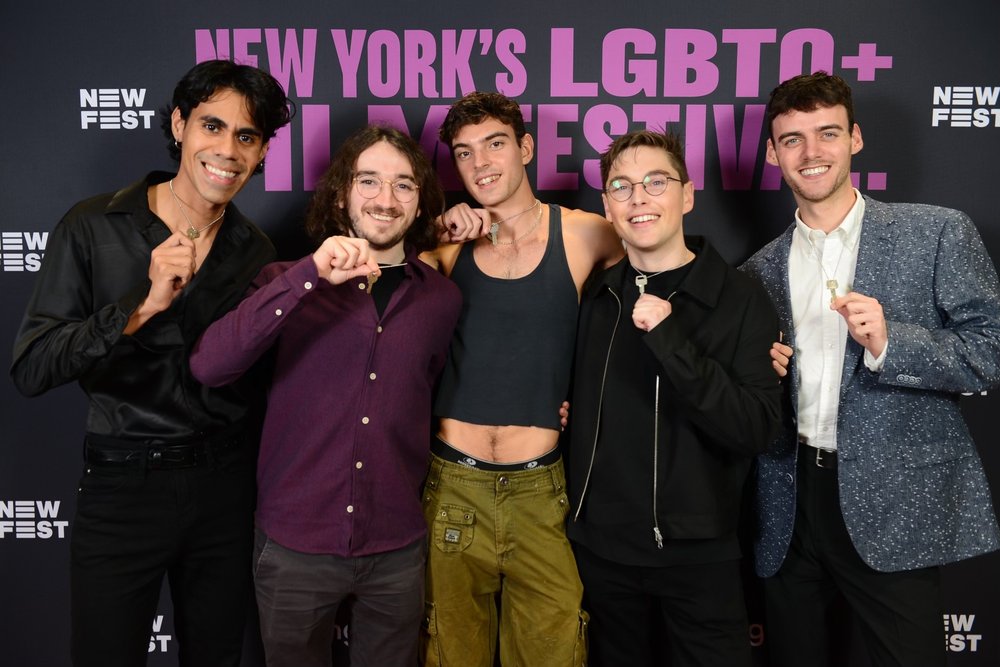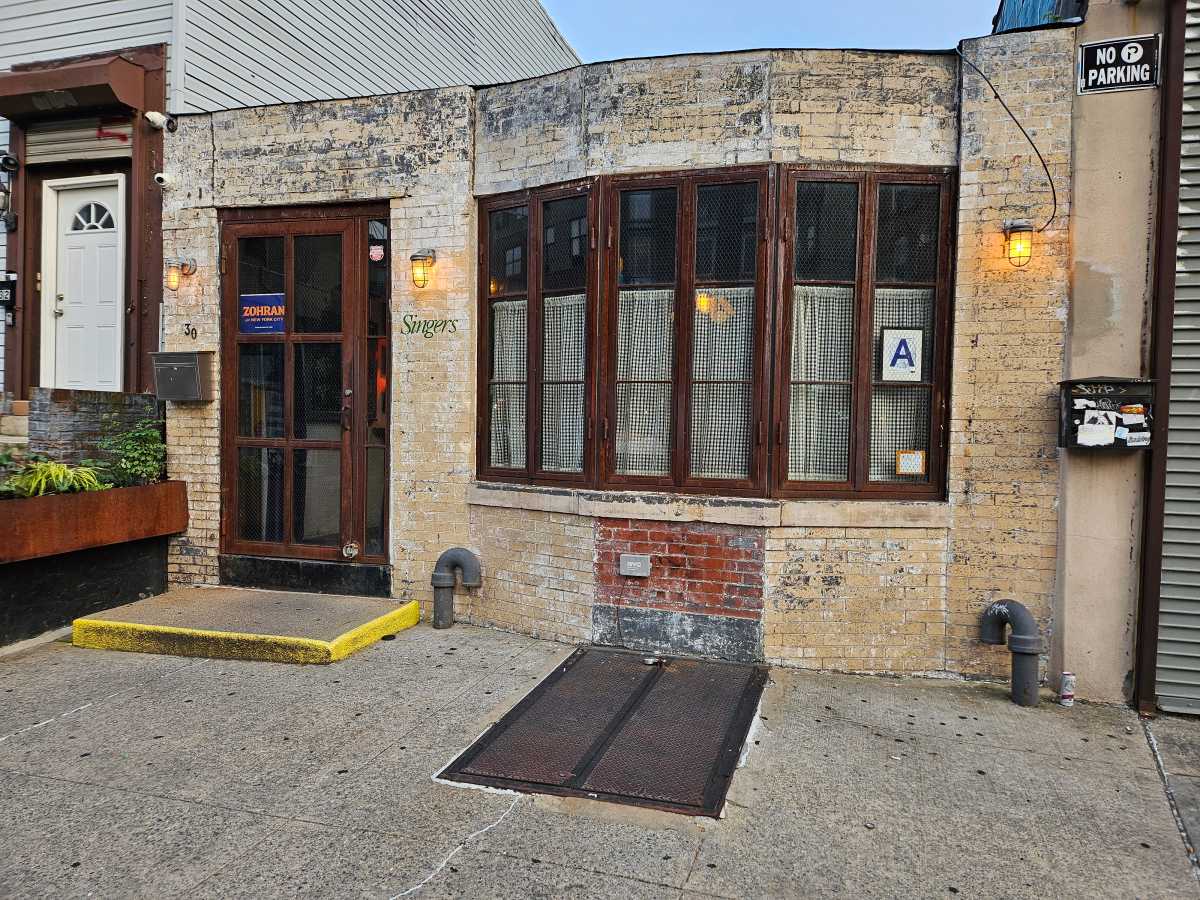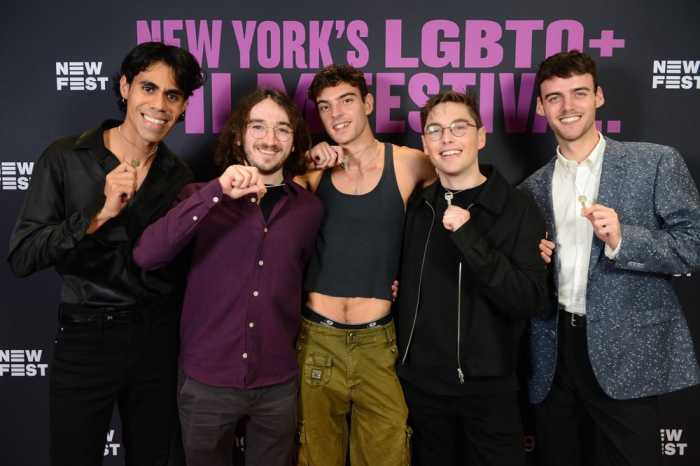The road to 200,000 affordable units of housing is paved with good intentions.
Nobody said Mayor Bill de Blasio’s plan to ease the housing crisis would be easy. One way the administration plans to add units, either built or preserved, and help fill the New York City Housing Authority’s depleted coffers, is with a program called NextGeneration Neighborhoods. Part of the plan would open underutilized NYCHA land to housing development, notably in high-value real estate neighborhoods. The units would be half at market rate and half classified as affordable.
The program has gotten its fair share of criticism from public housing residents and advocates worried about being priced out or boxed in. In the spring, a study of the effects of neighborhood change on NYCHA residents featured comments from locals agitated by newcomers who feel that they’ve “discovered” the neighborhood. To say nothing of expensive grocery stores in Chelsea taking the place of necessities like laundromats.
It’s an easy dig at gentrification, nobody’s favorite subject. But the bulk of the study, prepared for the NYC Center for Economic Opportunity, a city anti-poverty clearinghouse, looked at the quantitative improvements in the lives of public housing residents who are surrounded by higher-income neighborhoods as opposed to lower. The results: Schools were better performing. Rates of violent crime were lower. And public housing residents made more money (an average $4,500 higher in annual household earnings than in lower-income neighborhoods).
Of course, nobody wants to feel unwanted in his or her own home, and certainly not pushed out of them. But that’s not the purpose of NextGen, at least in present form. The downsides of gentrification shouldn’t distract from the positive findings and calls to action of this study: first, further investigation into the link between neighborhoods and earnings. Also, crucially, a continued search for ways to bridge the gap between residents and the “outside” through social services and engagement with community organizations. Then we’ll only be adding, not subtracting, and we can continue to 200,000.




























